Red light therapy (RLT) is an increasingly popular treatment used to erase wrinkles, eliminate pain, and treat inflammation. You can find this emerging therapeutic tool at salons, wellness centers, and doctors’ offices … but does it really work? We’re shedding light on the potential benefits of RLT by breaking down what it is, how to use it, and why it’s a red-hot research topic.
What is red light therapy?
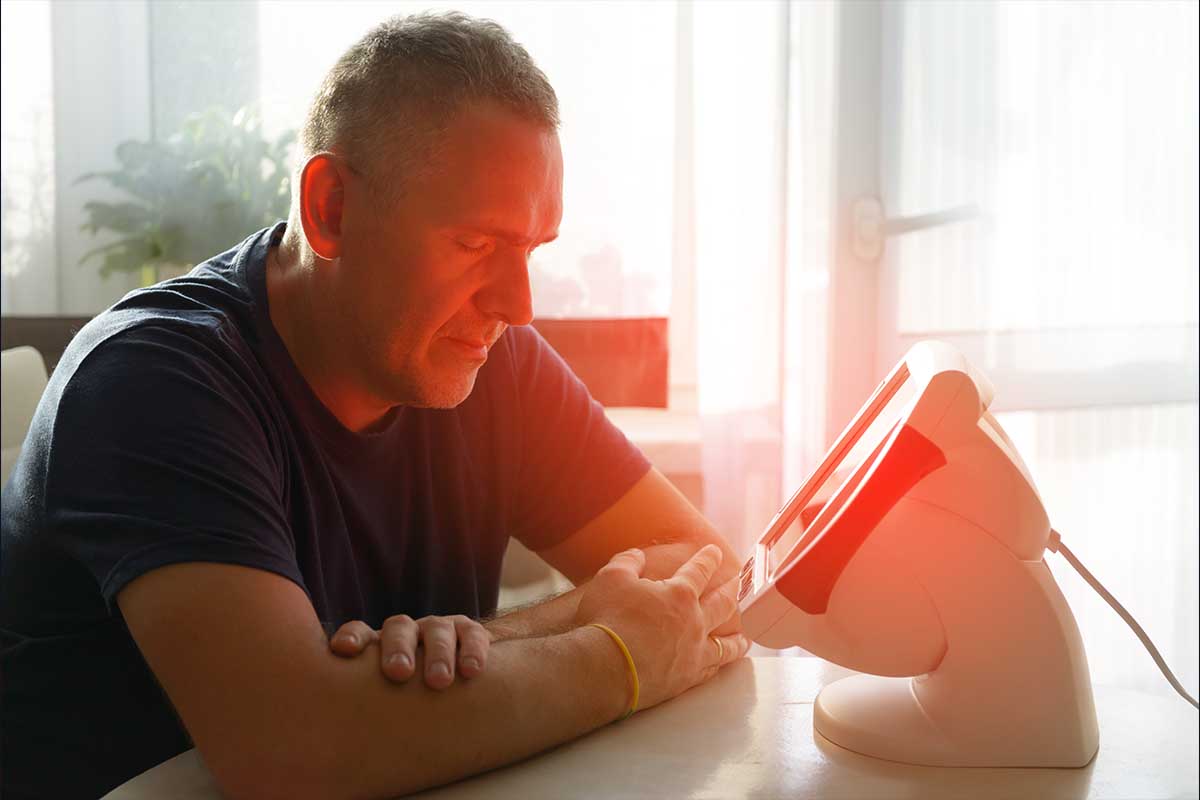
RLT is a treatment that exposes skin tissue to low-wavelength red light. Although you can’t feel it, the light penetrates your body on a cellular level. Your cells absorb the light and turn it into energy. According to some researchers, this promotes cell repair and regeneration, which can heal your skin and muscle tissue.
RLT is known by many names, such as low-level laser therapy and photobiomodulation. Although some of these terms refer to lasers, RLT is different from lasers and intense pulsed light. Before starting to repair the epidermis (the outermost layer of skin), those skin rejuvenation procedures initially break down skin cells, which can cause inflammation, pain, and unwanted spots and blemishes. RLT doesn’t take this destructive first step before getting to work and can even be used to counter the negative side effects of laser resurfacing.
What are the potential skin benefits?
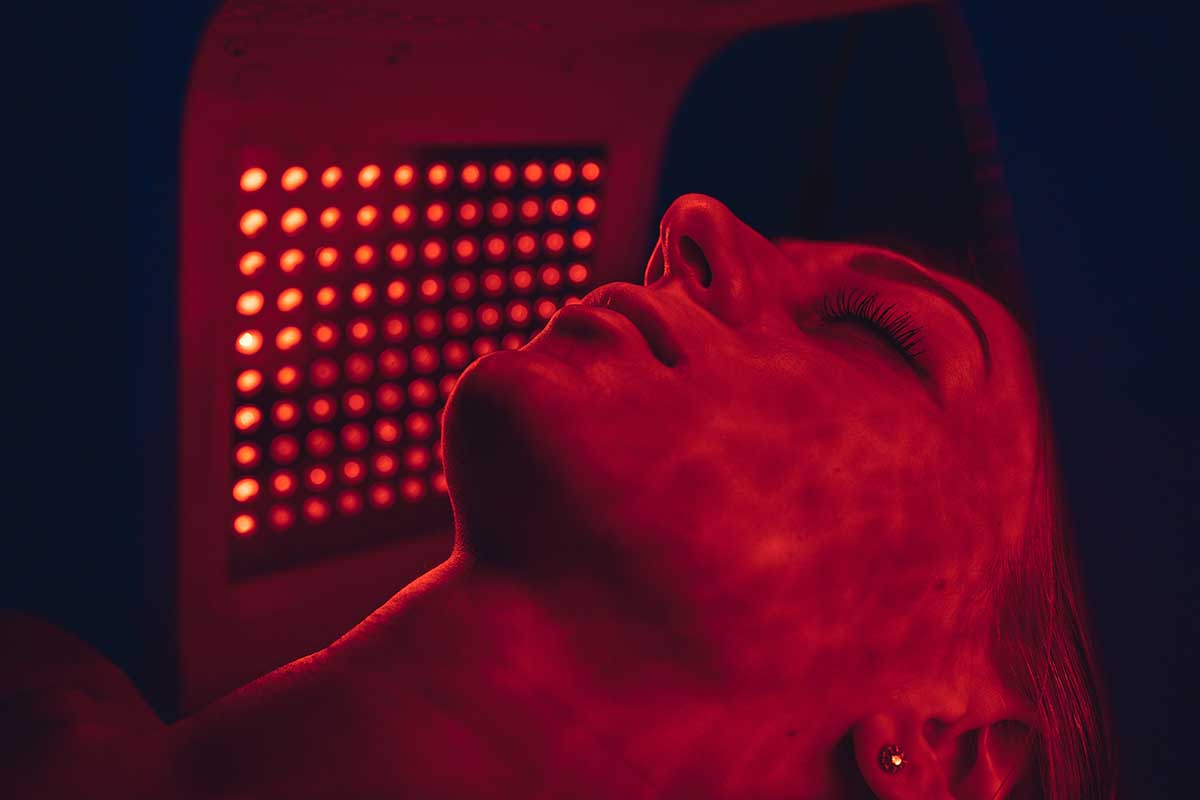
While RLT research is still in its infancy, experts have already conducted several studies to understand the potential health and beauty benefits. Researchers have found that it may rewind the clock by improving the appearance of wrinkles and fine lines. When the light enters tissue, it rebuilds collagen density, which helps to smooth the epidermis and reduce the effects of aging on the skin.
In addition to treating wrinkles, RLT is used to heal wounds. The light-emitting diodes (LEDs) enter the laceration and start repairing the injured tissue and reducing inflammatory cells. This also helps increase blood flow to the wound and speeds up healing.
Studies have also shown promising results for other skin conditions:
· acne
· hair loss
· psoriasis
· scars and stretch marks
Other LED colors such as blue light are also promoted to repair the skin, but experts believe red light can penetrate deeper than most others.
Are there any other health benefits of red light therapy?
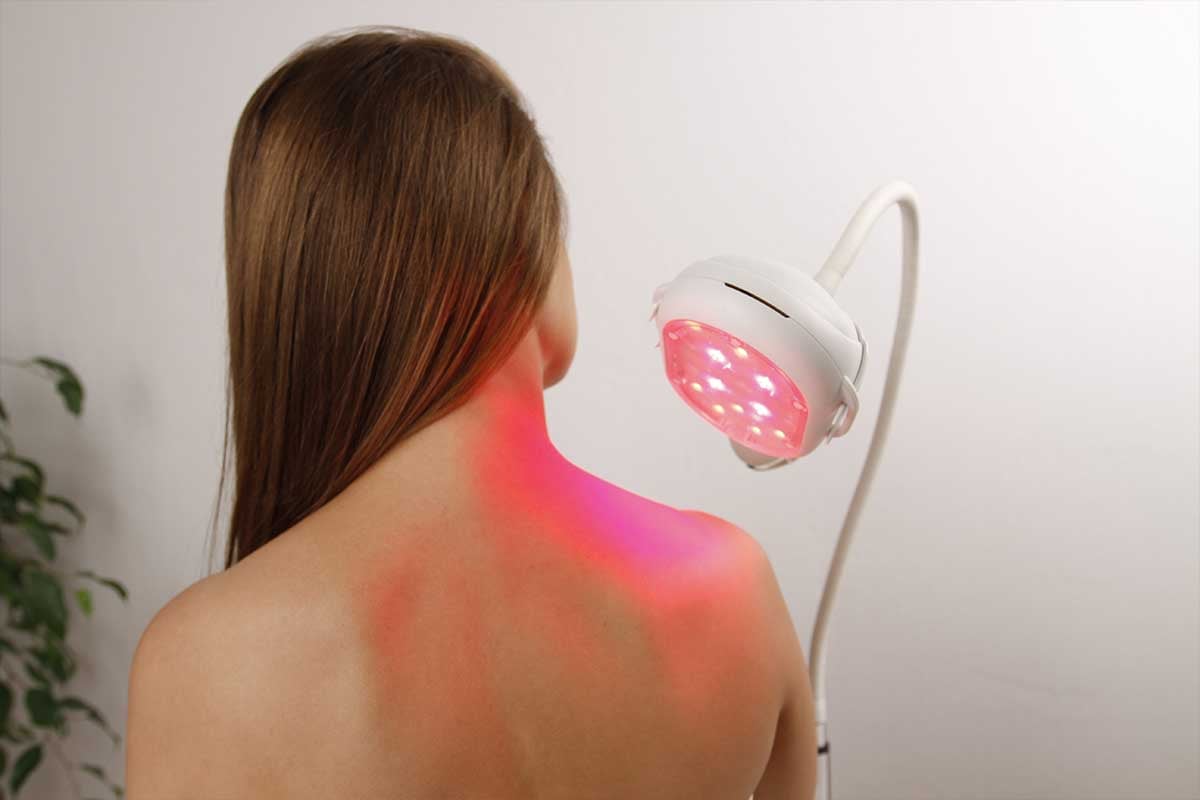
Although most research focuses on RLT’s promise in treating skin disorders, some experts believe it can also benefit other health conditions. Researchers are studying RLT in relation to the following conditions:
· blood circulation
· cold sores
· chronic pain and pain from Achilles tendinitis
· inflammation
· rheumatoid arthritis
· side effects from cancer treatment
Where can you get red light therapy?
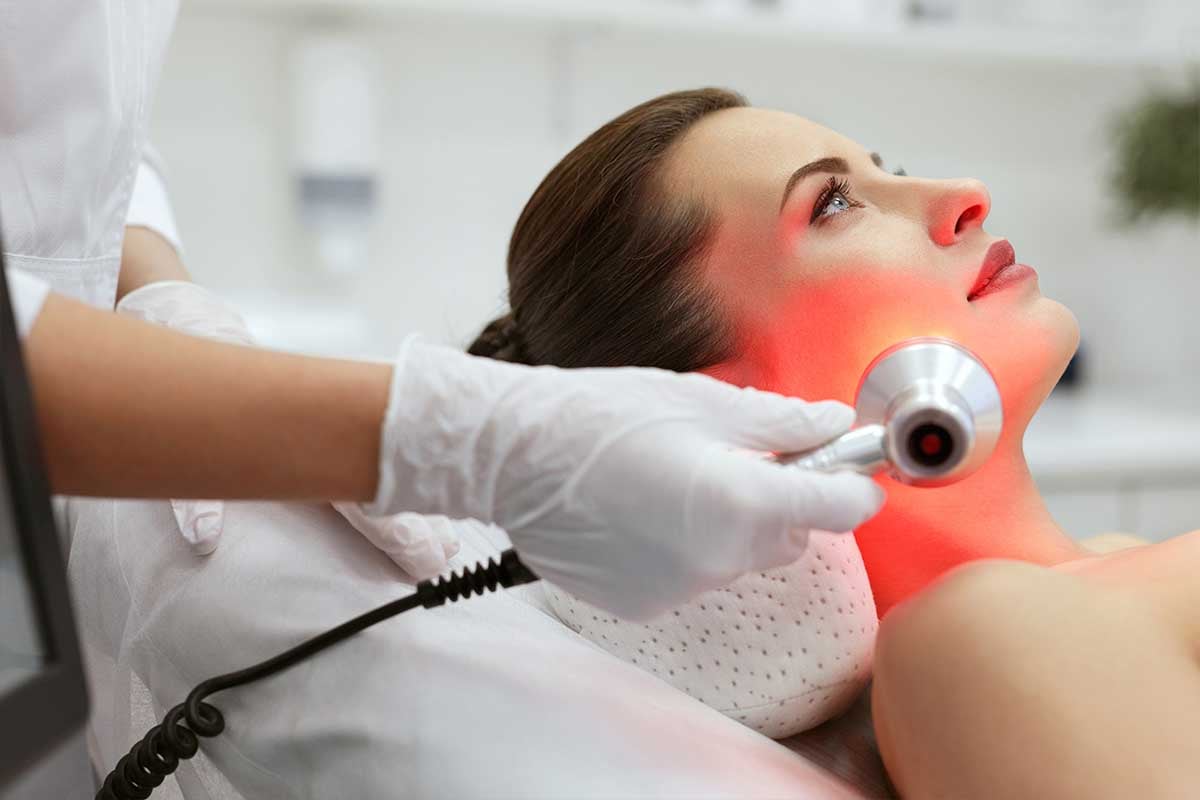
Patients usually visit a doctor’s office for RLT, but wellness centers, spas, salons, and gyms may also offer treatments. The therapy is administered through different types of devices, such as wands, masks, and full-body panels. If a health care practitioner treats your face, they will likely give you a shield to protect your eyes.
You can buy tools for at-home use, but these devices may not be as effective as the ones a health care practitioner uses. Many at-home devices release lower LED wavelengths than professional instruments do, but it’s recommended you still take precautions. Always shield your eyes and follow the device’s instruction manual.
How many sessions will you need?
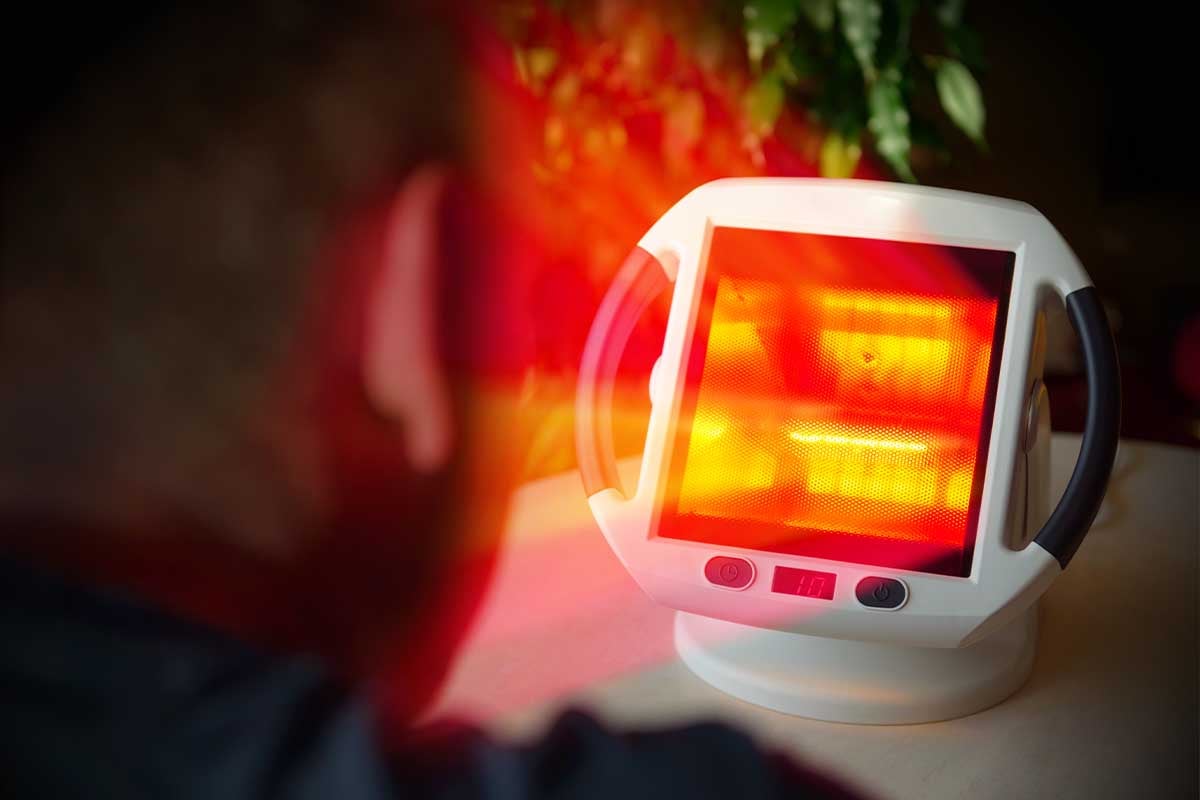
A typical session can last for 10 to 20 minutes, and you may need to undergo RLT three to five times per week for several months. Keep in mind that devices emit different wavelengths, so you may require less or more RLT, depending on your individual needs.
RLT isn’t a permanent solution, so you will likely need continuous treatment. Your health care practitioner will determine how often you should receive RLT based on your desired results.
Are there any side effects?
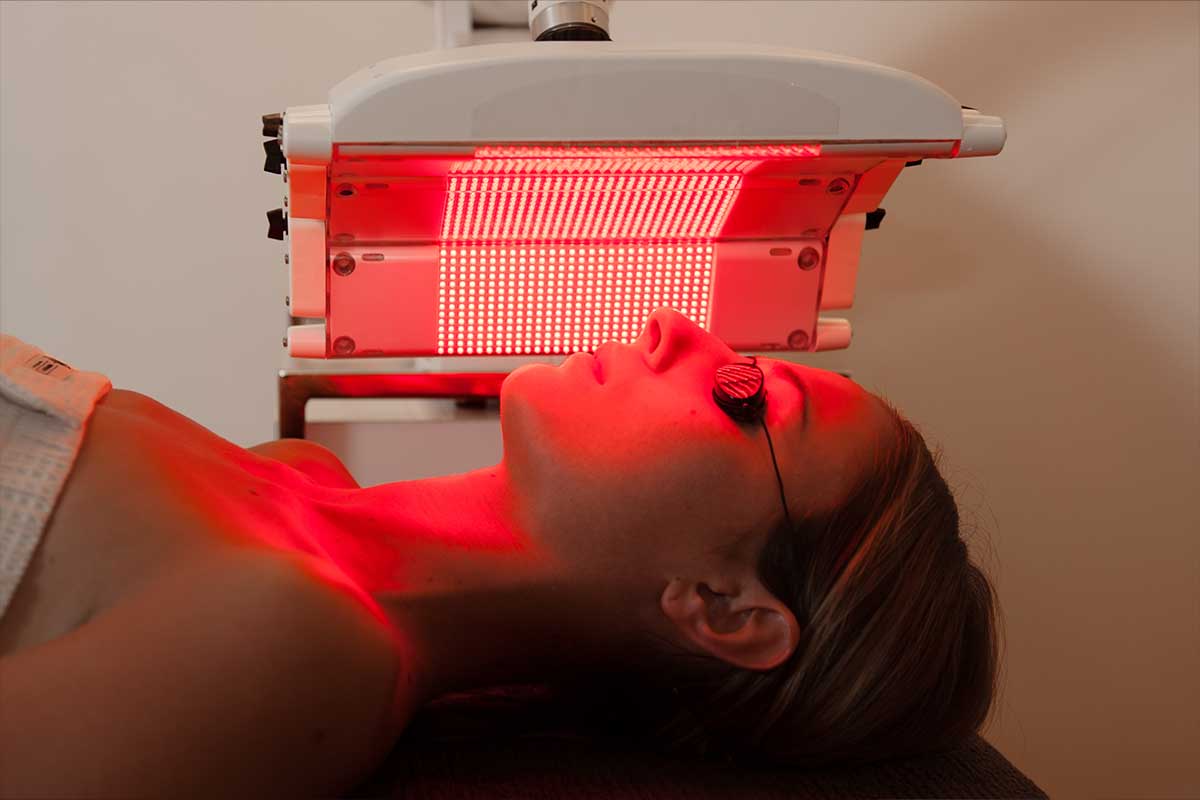
Currently, there aren’t many known side effects to this treatment. Many people assume that LEDs emit UV rays, but this isn’t the case because the wavelengths are low power. More research is needed to study the effects of RLT, however, and some anecdotal evidence suggests that RLT can burn your eyes or skin if used incorrectly. Some researchers also recommend avoiding direct sunlight after treatment.
The best way to safely benefit from RLT is by visiting a professional. Remember to check with your health care practitioner before undergoing this treatment, even if you decide to use an at-home device.




